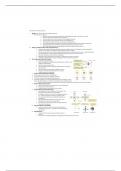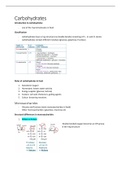College aantekeningen
Biol 105 Easy to follow Lecture 1 Notes
- Vak
- Bio 105
- Instelling
- Queens College
This is a comprehensive and easy to follow note that contains everything that you need to know about lecture 1. *Essential Study Material!! *For you, at a price that's worth it!!
[Meer zien]




